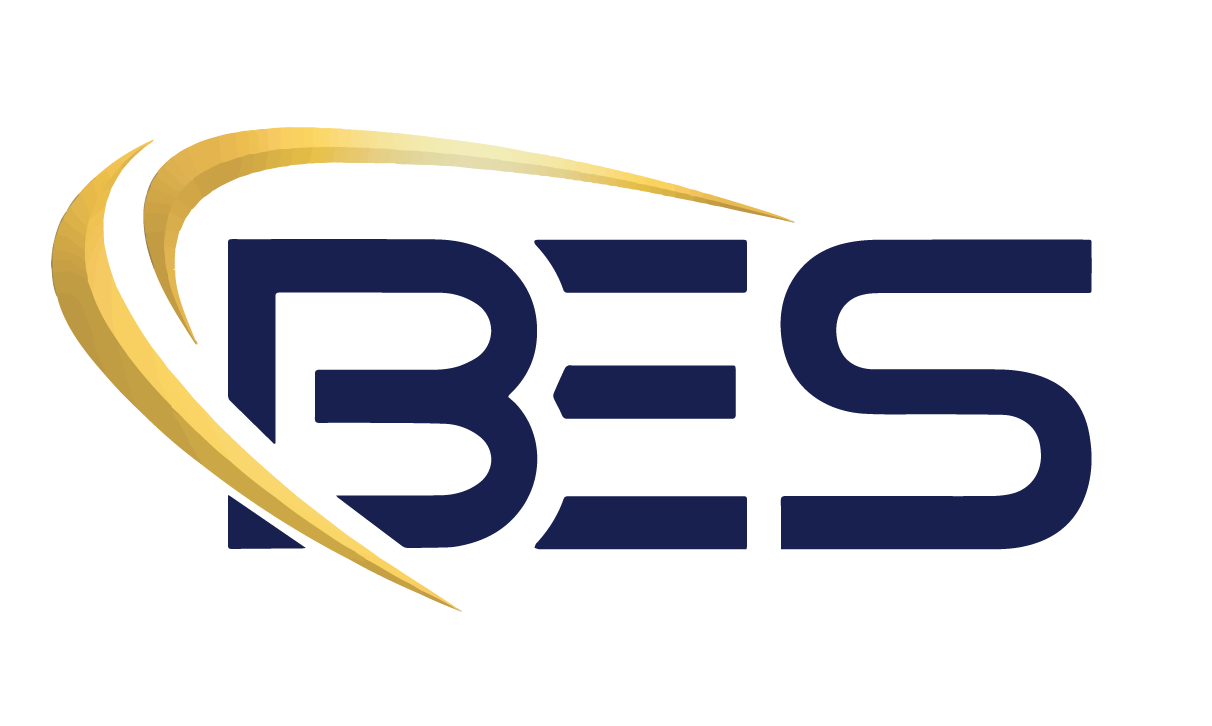Situational Awareness and Decision Making - More Than Technology
I remember standing in the watch center one morning looking at a digital map of Virginia that showed almost nothing on it when one of my colleagues walked in and remarked that the system must be “broken” since the map was blank. What he didn’t understand was that it wasn’t that nothing was occurring in the state that day. It was that nothing was occurring that met the threshold that we had established for reporting. That is the difference between a “Map” and a “Situational Awareness System” used for decision support. The absence of information on the map was, in itself, providing me with the information on the current state of the Commonwealth that I required.
Situational Awareness is a term often used to describe a person, team, or organization’s ability to recognize that something has or is about to occur, comprehend what that occurrence means to the current state, and then understand the implications of that event in the future. From an academic standpoint, Dr. Mica Endsley has provided a theoretical framework of situational awareness, which is often used by those trying to understand the concept. In her framework, Dr. Endsley argues that there are three steps in obtaining situational awareness, no matter what the scale:
Level 1 - Perception: The recognition that something has occurred. This involves the monitoring of multiple elements and the cueing that a change has occurred based on various criteria. Simply stated, something has happened.
Level 2 – Comprehension: What does the thing that happened mean? Gaining an understanding of why the current situation is important through techniques such as pattern recognition, proximity analysis, interpretation, and analysis.
Level 3 – Projection: The ability to project the evolving situation into the future. How will what has occurred affect the future state and the impact on operations.
Endsley's model of SA. This is a synthesis of versions she has given in several sources, notably Endsley (1995a) and Endsley et al. (2000). Drawn by Dr. Peter Lankton, May 2007.
It is important to note that task, environmental, and individual factors are key components to progressing through the levels of situational awareness. Those factors are all non-technical in nature and must be codified in culture, governance, and procedure.
Building on Endsley’s model, the Observe, Orient, Decide, and Act (OODA) loop is a decision cycle developed by military strategist Colonel John Boyd. Originally developed for military operations, the OODA loop can be applied to situational awareness and decision-making in safety and security applications as well. In this context, the OODA loop is based on Observing the world around us (the first phase in the loop) and gathering information about it. In Public Safety, that information can come from, amongst other things, 911 systems, dedicated sensors, the public, or even the Internet of Things (IoT), all of which must be continuously monitored. Once information is received, a decision-maker must understand the significance (or context) of that data point. This is the Orientation phase of the loop, and according to Boyd is the most important phase. In Public Safety, one of the most effective ways to gain this context is through the interoperable language of location. Everything is somewhere, so the relationships between locations is critical to understanding the importance of a piece of information or the magnitude of an unfolding emergency. For example, severe weather warnings are essential on their own, but what lies within the warned area (i.e., population, critical infrastructure, or YOUR facility) defines the magnitude of the crisis.
Take a scenario where a large tanker truck overturns on a highway releasing its hazardous contents into the air. Is that a crisis? It certainly is an emergency that demands a response, but at what scale? How do you decide? Now, if that accident occurs two miles upwind from a neighborhood, healthcare facility, or school, it’s certainly a crisis. The faster that you can connect those dots and the information is presented to you, the faster you can move to the third phase of the OODA loop, Decide.
Having actionable information quickly provided to a decision maker in a format or construct that makes it easy for them to understand is the first goal of a situational awareness system. In Boyd’s terms, accelerating the OODA loop tempo is critical for success on the battlefield. The same goes for public safety, where often minutes or even seconds can mean the difference between life and death. Accelerating the cycle relies on good planning and procedural development that is designed to maximize the impact of modern technologies. Tools such as real-time data services, big data processing, in-line analytics engines that can perform intersect analysis or alert cueing, and social media data mining abound, but thinking through the task, environmental, and individual factors identified by Endsley are critical to the successful deployment of the technologies. Brought together, the powerful combination of modernized operating procedures and state-of-the-art technologies can dramatically increase the Situational Awareness OODA loop tempo, leading to faster and more accurate decisions and more effective Action (the fourth phase in the OODA loop).
There is a danger to this approach, however. Without adequate training and exercising of the resultant capabilities, watchstanders, responders, and decision-makers run the risk of not understanding what they are looking at (as my colleague who thought the system was “broken” found out), leading to an actual slowing down or stopping of the OODA loop. Without investment in these critical components of a technology program, the organization can actually become less capable. It is critical that the deployment of emerging technologies is looked at comprehensively, incorporating both technical and human factors.







